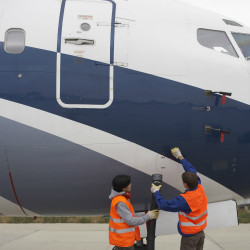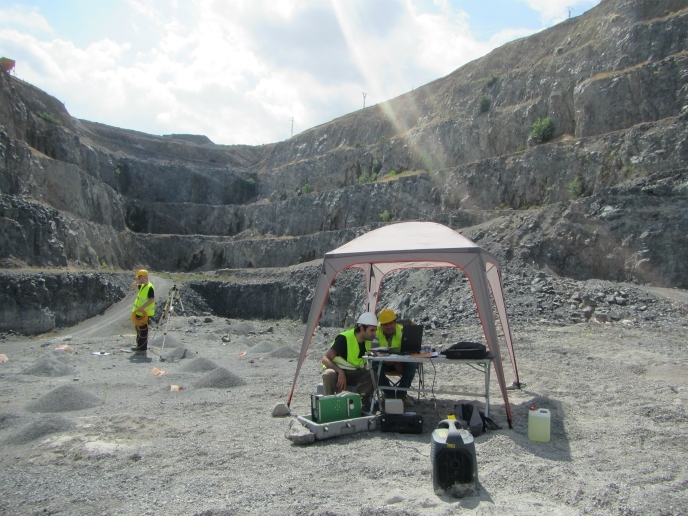Robots to automate detection of cracks
Within the scope of the EU-funded project THERMOBOT(opens in new window) (Autonomous robotic system for thermo-graphic detection of cracks), scientists developed a new automated inspection process exploiting thermography for crack detection. THERMOBOT technology uses an autonomous inspection robot to detect and classify cracks. A heating system induces heat flow on the inspected part. Cracks become visible as a significant discontinuity in heat flow. The robot scans the whole part with a thermo-camera that analyses heat flow changes related to material defects. Experiments enabled optimisation of the thermographic process, leading to the development of a process model compatible with parts of complex geometry, varying surface structures and different materials. The process model generates a sequence of positions to cover all relevant areas of a part. An automatic motion planning module uses these positions to generate the robot inspection path from 3D computer-aided design data. The software ensures that the path is reachable, possible given the robot joints and movements, and free of barriers. An infrared camera sends images to thermo-image analysis software to detect cracks, make a decision to accept or reject a part, and assess its own performance. To assess the capability of inspecting parts of complex geometry, project partners developed two demonstrators. Using laser-based thermography, the first one inspected metal crankshaft, while the other one inspected carbon fibre car sideblades using flash thermography. The THERMOBOT solution is reducing costs by almost 90 % compared to magnetic particle inspection. Moreover, this autonomous system can adapt to different parts in a very short time and does not require extensive manual programming.







